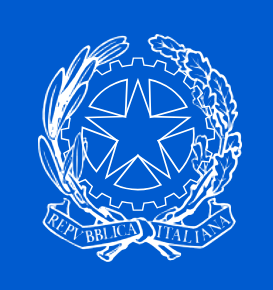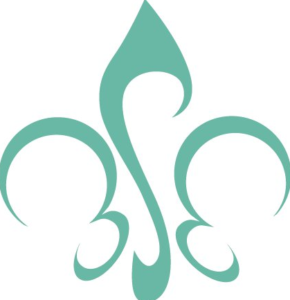The Italian Education System
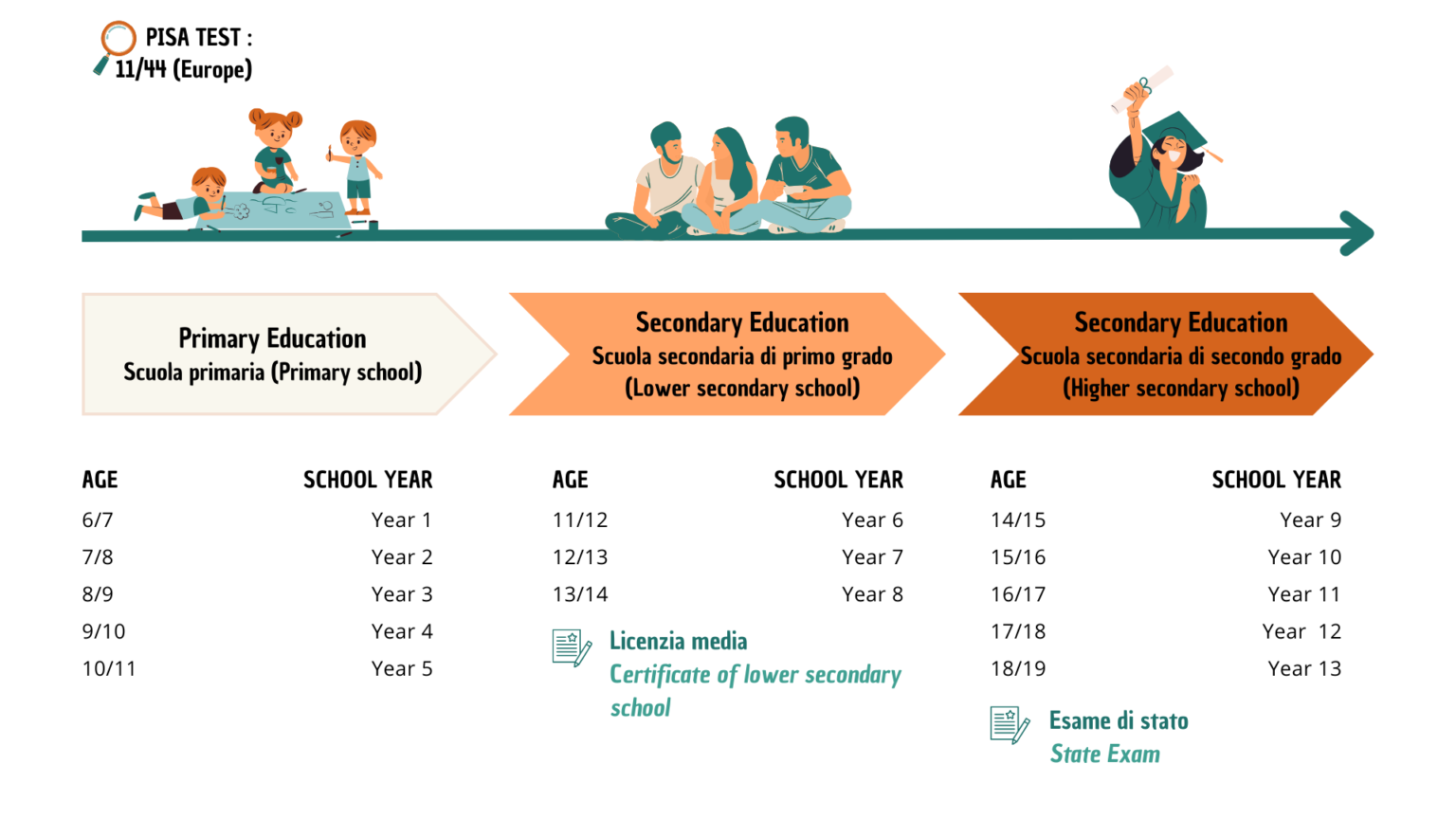
Key facts
In Italy, Scuola dell’infanzia is free but not compulsory. It welcomes children aged from 3 to 6 years old. It is a tree-levels school where children learn how to develop their personalities and to get ready for primary school. Pupils have 40 hours of class per week, i.e. 8 hours of lessons per day. If in France there is only one teacher per class, in Italy, children can have up to 2 or 3 teachers for the same class group.
The Scuola Primaria lasts 5 years and welcomes children aged from 6 to 10 years old. To goal of this school is to give students basic knowledge on different topics grouped in 3 main categories:
- Linguistic – expression
- Scientific – logic – mathematics
- Historic – Geographic – social
However, the number of hours per week can decreases a little bit regarding scuola dell’infanzia. The pupils have 27 to 40 hours per week. Each class have 3 teachers that are called “maestro/a” by the pupils.
The Scuola secondaria di primo grado lasts 3 years and welcomes children aged from 11 to 14 years old. The curriculum is defined by the state ministry but is adapted by the teachers to the local reality and to the level of pupils. The number of hours per week depend of the will of families and what each school offers. Then, it can vary between 30 and 36 hours per week:
- In the first case, the pupils only have class in the morning and can do extra-curricular activities in the afternoon.
- In the second case, pupils have class every morning and 2 to 3 afternoon per week.
Pupils are graded on a 10 points scale, 10 being the best and 6 the average. At the end of the 3 years, pupils need to pass an exam, the “licenza media“, to access to higher education.
The Scuola secondaria di secondo grado lasts 5 years and welcomes students aged from 14 to 19 years old. The students can chose to go in a Liceo, a professional institute or a technical institute. The Liceo is the more generalist path however there is 6 kinds of Liceos with different specialities:
- Artistic Liceo
- Classic Liceo
- Linguistic Liceo
- Music and Danse Liceo
- Scientific Liceo
- Human sciences Liceo
At the end of the 5 years, students need to pass an exam called the “Esame di stato“. The exams depend on the chosen path, but in general there is 3 written tests and an oral one in addition to continuous assessment. In order to pass the exam, students need to have at least 60 points on 100.
However, the Liceo do not determine the future speciality of the students at the university. indeed, a student with a Human sciences Liceo degree can chose to do medical studies, even if he or she will have to catch up on the scientific topics. The fields are not compartmentalised, which makes the choice of Liceo less stressful and limiting for students.
Our trip in Italy
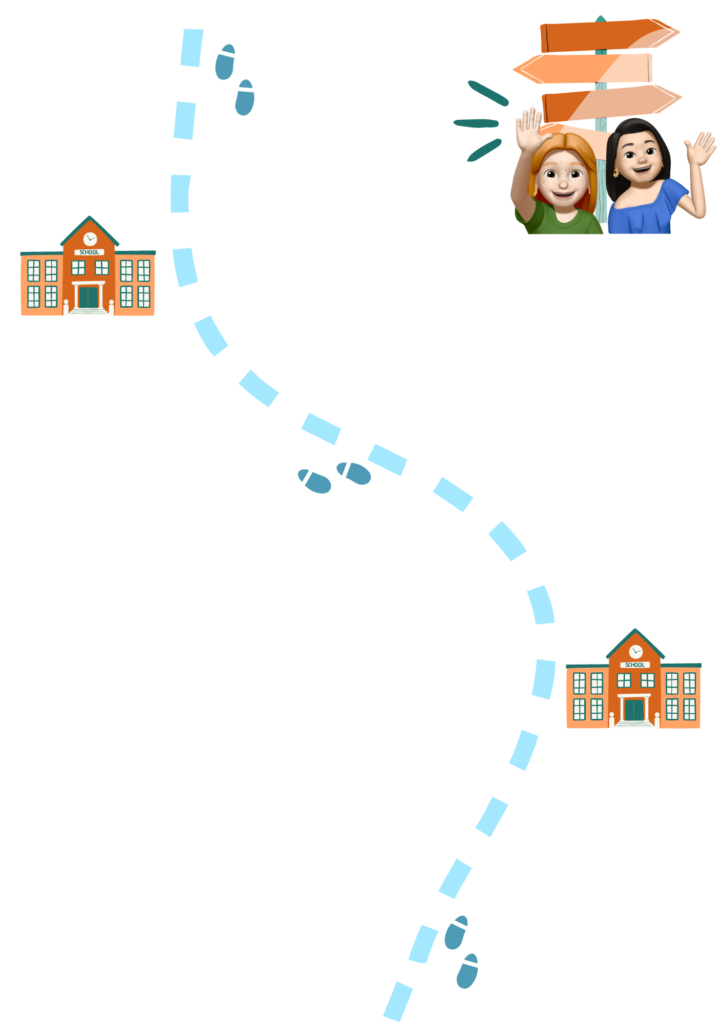
The Istituto Paritario San Guiseppe is a catholic private school located in Vigevano near Milan offering a complete educational program (from primary school to higher secondary school). The school aims to develop not only the academic skills of its students, but also their personal, moral and spiritual growth.
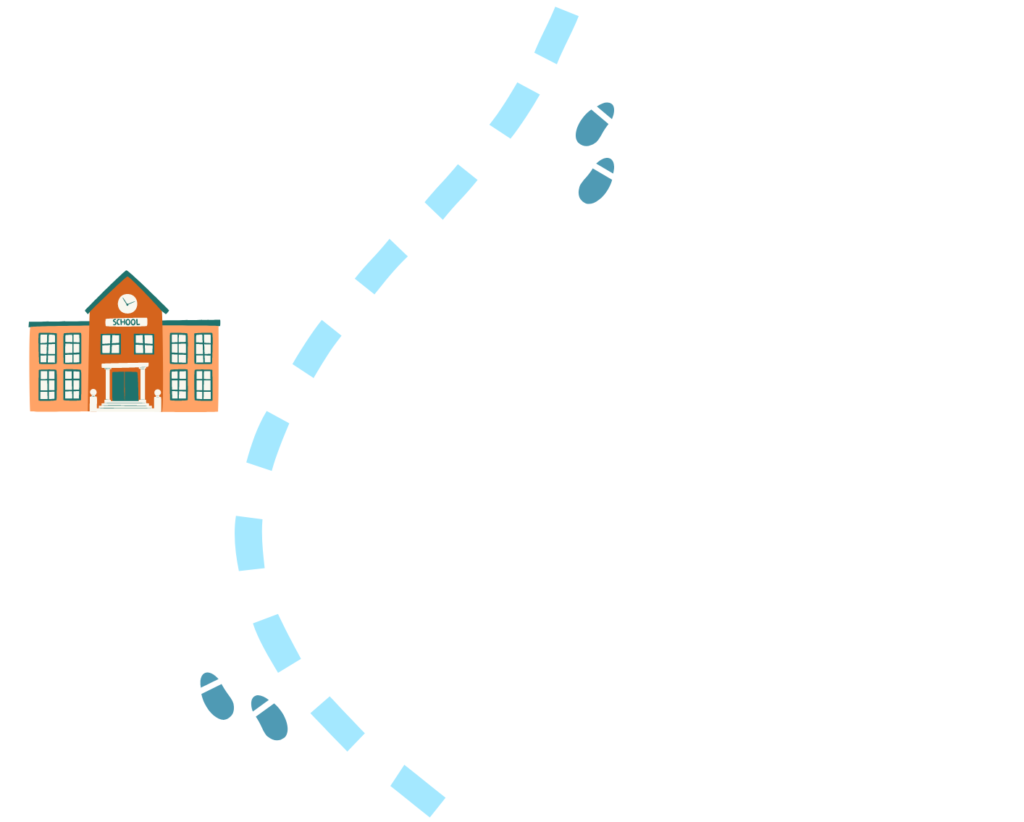
Sarà perché ti amo...
Because sometimes pictures convey more than words can express...
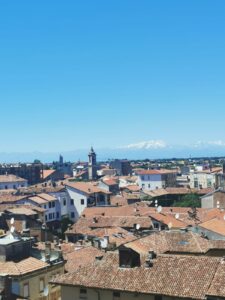

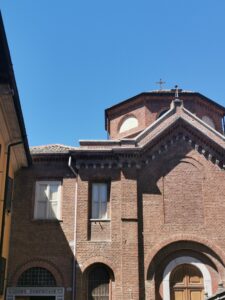
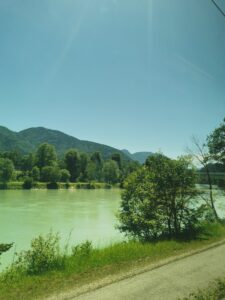
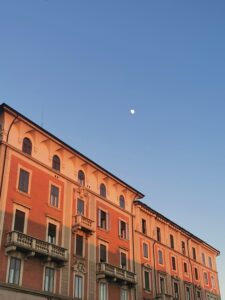
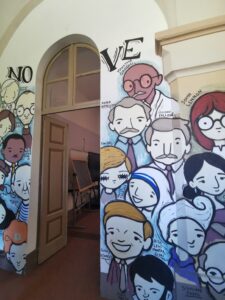

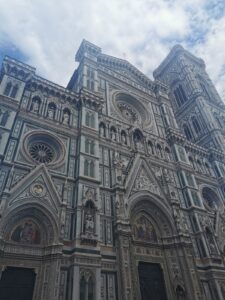
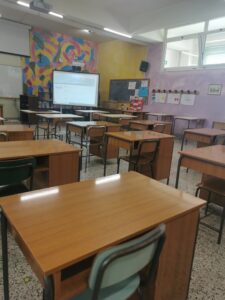
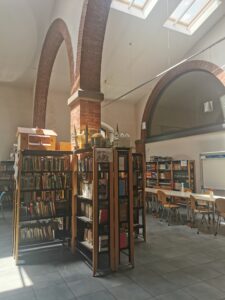
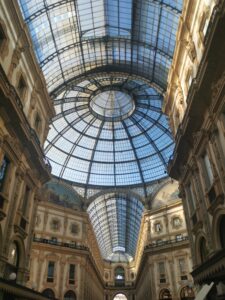

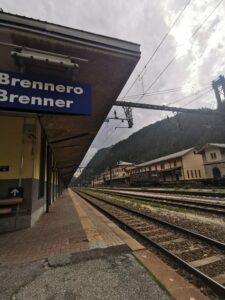
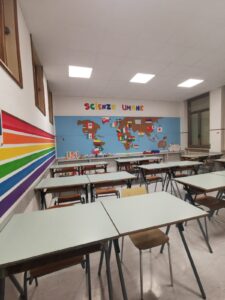
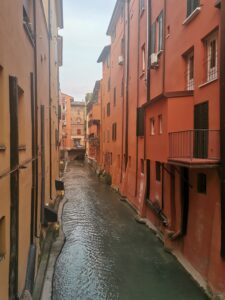
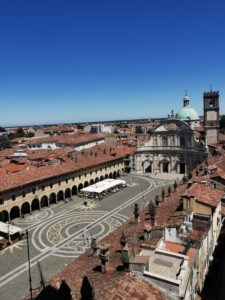
This country is amazing !

Pizza
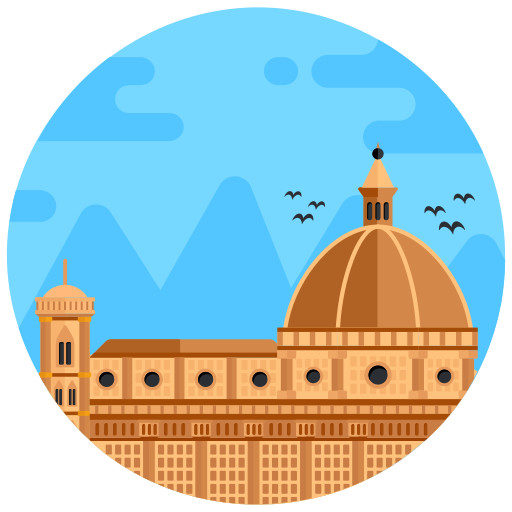
Florence

Pasta
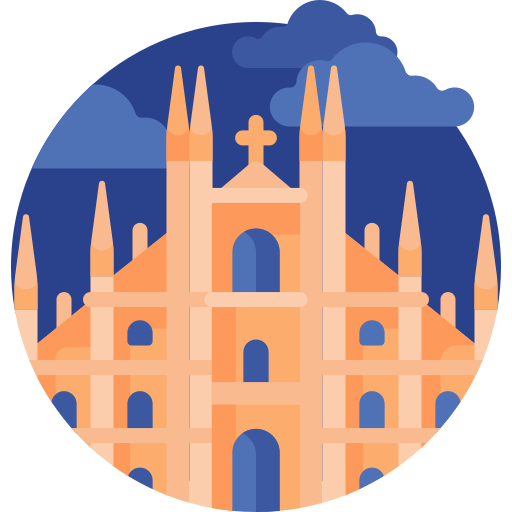
Milan
To be a teacher you need passion and tools. Education is a matter of the heart!
Maria Serena Gasparri
English teacher, English and multicultural head at the Institute of the Salesian
If you want to learn more about education in Italy...
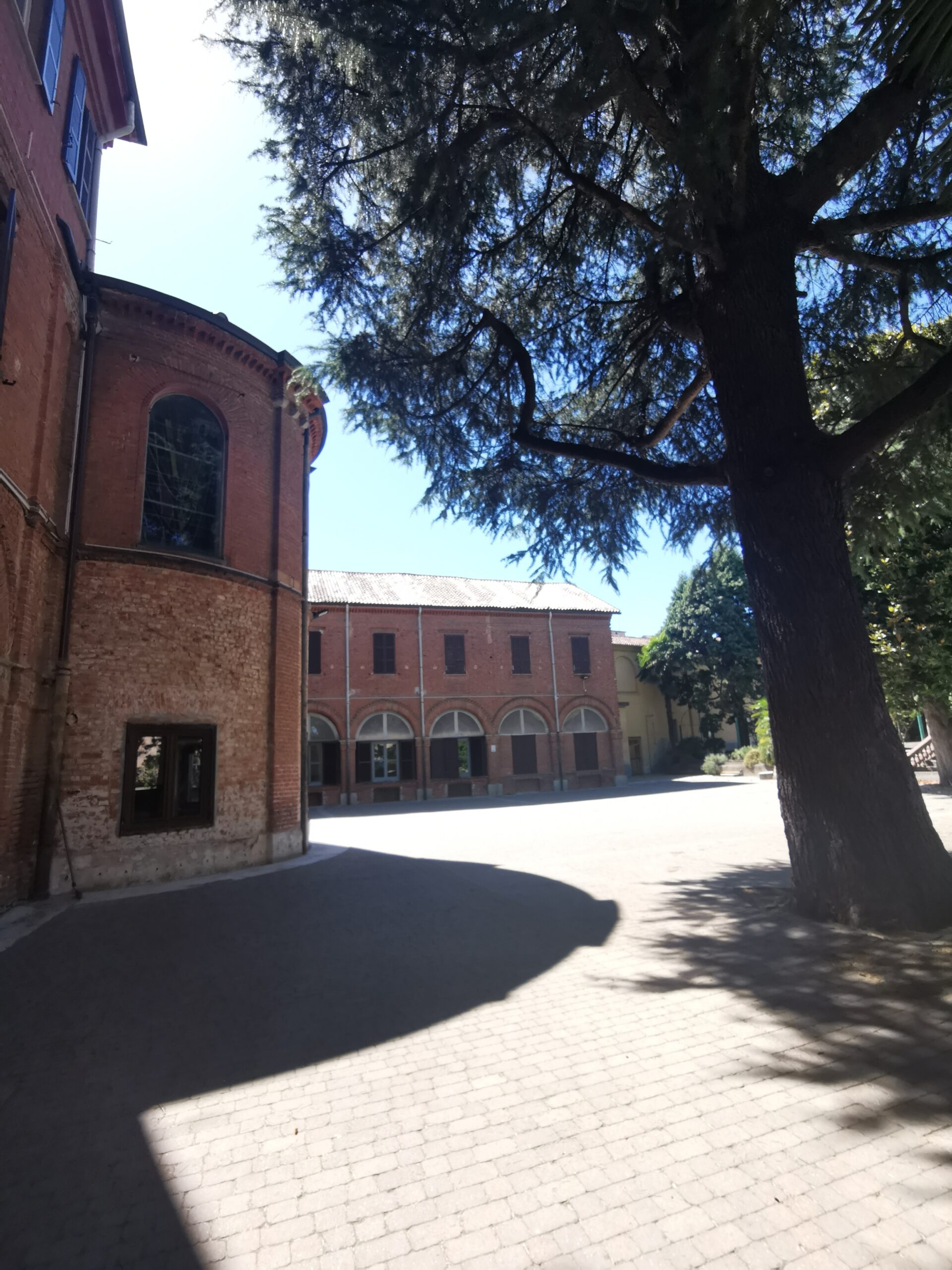
Istituto Paritario San Giuseppe
![]()
An Italian dominican school that blends elements of tradition, with the evolving needs of a continuously transforming society.


